Pioneer - CT-F1250
Pioneer - CT-F1250 - Cassette deck
Manufacturer: Pioneer
Modell: CT-F 1250
Type: Cassette Tape Deck
Years of construction: 1979 - 1981
Manufactured in: Japan
Color: Silver
Dimensions: 420 x 187 x 369.5 mm
Weight: 11.4 kg
Hotline Order:
Mon - Fri: 07AM - 06PM
(+49) 151 2354 4466
This Pioneer CT-F1250 is a stereo cassette deck with Dolby B noise reduction.
The main features of the Pioneer CT-F1250 are: 3 heads and off-tape monitoring, digital tape counter with 4 digits and memory stop, manual tape type selection and capable of handling normal, chrome, ferro-chrome and metal tapes, belt driven dual-capstan transport.
Typical front loading cassette deck with the cassette compartiment located on the left side of the deck. Tape eject is operated mechanically and the cassette needs to be placed directly over the head block. Additionally the heads can be easilly accessed for cleaning.
Level meters used on the CT-F1250 are generic digital peak reading meters with peak hold for easy adjustment of optimum recording level. Full-logic transport controls used on the CT-F1250 let it respond to the slightest finger contact for fast and effortless transport function selection. Playback speed may be adjusted with pitch control.
To ensure the best response from the wide variety of tapes available adjustment of, bias, equalization and sensitivity, to optimum levels can be performed prior to recording.
The Dolby-B system reduces tape hiss on tapes recorded on the CT-F1250 by as much as 10 dB at the highest frequencies. The 19kHz multiplex pilot slgnal present in FM stereo broadcasts can cause false triggering of the noise reduction system. The switchable MPX filter of the CT-F1250 filters out the pilot signal, and assuring proper Dolby processing of FM stereo programs.
To make live recordings this deck has 2 microphone inputs to connect microphones with a jack connector. For undisturbed listening a jack connector for a pair of stereo headphones is supplied. Connection to other audio components for plaback can be achieved by a RCA cable and recording from a source by a RCA cable.
Source: cassettedeck.org
- Started from: Apr 07, 2023


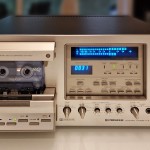

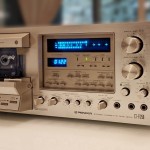
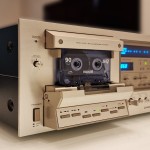
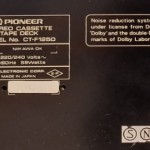
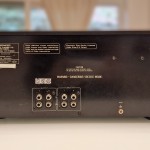
Add your review